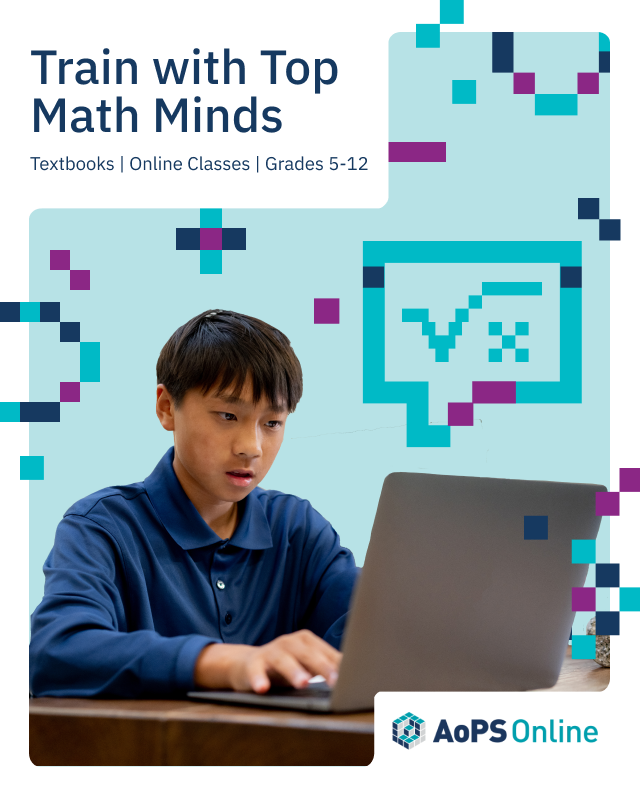Deana Criess, former Director of ImprovBoston's National Touring Company, talks about why the practice of improvisation is a crucial skill for problem solvers to master.
When most of us think of improvisation, we probably imagine a mixture of standup comedy and stage fright. Few of us likely value improvisation for how it commits us — mentally and emotionally — to both a problem and its solution.
Deana Criess, Sr. Organizational Development Specialist at Perkins School for the Blind and former Director of ImprovBoston's National Touring Company, joins us to discuss why learning the improv mechanism of “yes, and” is such a critical skill for problem solvers, and some easy ways to incorporate improv into the school day.
Improv and Agreement
Improv is rooted in the idea of “yes, and.” This is a compelling mindset for problem solving because it does two things:
- “Yes” means that we agree there’s a problem that needs to be solved.
- “And” means that we contribute to the solution of the problem.
“At its core, “yes, and” commits us to the problem and to the solution,” Deana says.
Agreement and commitment are the core elements of both improv and problem solving. In improv, “yes, and” is used to make choices with the intention to try and to fail repeatedly. This commitment to try enables us to make room for other ideas that lead to a solution.
Improv is also built on collaborating with others’ ideas. “Yes, my ideas are valued and welcome, and so are yours,” Deana says. “When I hear your idea, I agree that I'm going to hear it with intention, and I'm going to add to it. I'm going to contribute.”
Improvisation models excellent problem solving. Both parties agree on the problem, they commit to collaborating on a solution, and they achieve their goal together.
In math or science, extremely few advances happen in isolation. Innovation also requires agreement and commitment — the fundamental and collaborative “yes, and” principles of improv.

Becoming Comfortable with Failure
The Fear of Failure
People are afraid to fail. This could mean fear of not solving the problem, looking silly in front of peers, or not being the best in the room.
“People who are perfectionists and driven for success often are unwilling to try something if they don't know they're going to succeed at it,” Deana says.
The five pillars of improv help to address the fear of failure.
The Five Pillars
- Establish support. We will support every idea in the room, even our own.
- Take a risk. We are invited to take a small risk, for which we are rewarded.
- Build trust. We feel acceptance from our peers, our facilitator, and ourselves.
- Have confidence. We believe in our team and ourselves.
- Have fun. We are able to succeed in our goal.
Improvisation can apply to any situation — stage, classroom, boardroom, or living room.
Listening with Intention
Deana explained that improv goes beyond active listening to listening with intention.
“It is a level of listening, and it's also observing not just your words, but your tone, your body language … and certainly expressive communication,” she says.
Deana recently taught an improv workshop about the four Cs that represent the benefits of improvisation.
The Four Cs
- Improv boosts your creativity.
- Improv fosters collaboration.
- Improv requires critical thinking to analyze in real time.
- Improv takes communication skills.
Data shows that improvisation builds brain elasticity, improves memory and retention, and helps to build relationships.
“There's a ton of science to back up what we as improvisers always knew,” Deana says.

Action Steps for Parents and Educators
1 - Incorporate Improv Exercises
Deana suggests there are many moments that can be perfect opportunities for leading a five-minute improv exercise in the classroom, including:
- During a morning meeting
- Before a test to alleviate anxiety
- After lunch to combat lethargy
Try “Five Things”, a game in which one person names a category and everyone else names five things that belong to that category. Improv warm-ups such as this can also help students refocus during a structured break.
2 - Create a Classroom Contract
Use the improvisational pillars to build a social contract, whether it’s with your family or with 25 students in a classroom.
Deana recommends that everyone participates in building, discussing, writing, and displaying the pillars of the contract.
These can include the spirit of “yes, and” as well as “it’s okay to fail.” Teachers or parents can point to the contract and remind students that failure is expected, normal, and even celebrated. And that we all support each other in trying.
3 - Answer with “Yes, And”
Anyone who has raised a toddler understands the incessant questions. Begin to teach improvisation to your child by answering questions with “Yes, and” in order to reset your default from the negative to the positive.
“Once I changed that mindset, both as a parent and a teacher, it made me much more open to so many moments that I would have missed otherwise,” Deana says.
It also helps to instill the “yes, and” mindset into young problem solvers.
--
This episode was brought to you by Art of Problem Solving, where students train to become the great problem solvers of tomorrow.
To get weekly episode summaries right to your inbox, subscribe to the podcast at the bottom of this page or anywhere you get podcasts. Ideas for the show? Reach us at podcast@aops.com.












